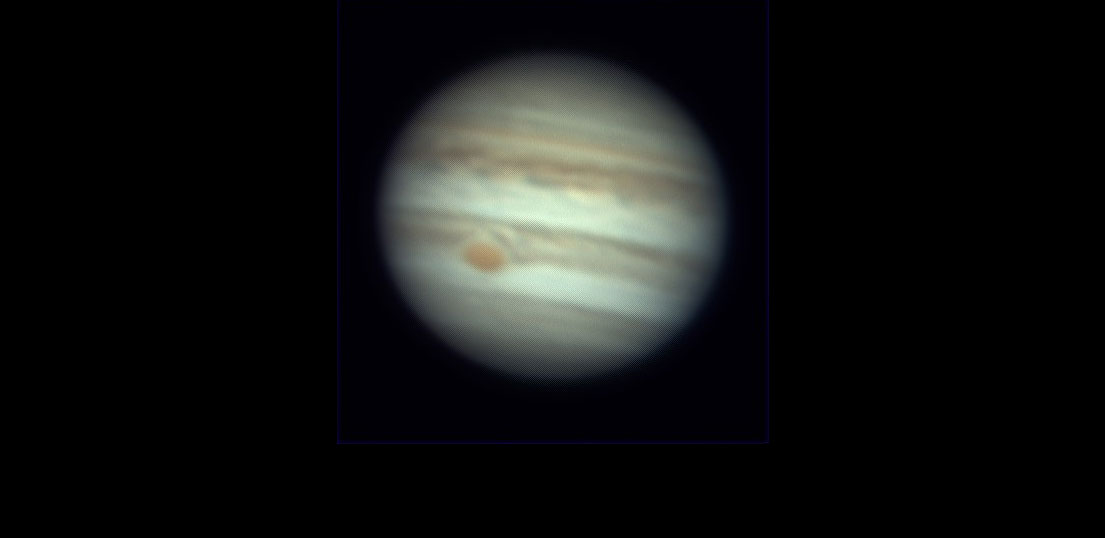
Some Astronomical Events in May
May 2017 :
Note: This article may contain outdated information
This article was published in the May 2017 issue of The Skyscraper and likely contains some information that was pertinent only for that month. It is being provided here for historical reference only.
Every year at this time I’m talking more about weather than astronomy. “It’s déjà vu all over again.” Just when we say the weather can’t get any worse—it does. Last winter into spring was absolutely horrible. So far 2017 has been downright depressing. Ladd Observatory is open every clear Tuesday night. Since mid-December until now (April 8) the facility has been open just once! Many Saturday nights at Seagrave Observatory have also been cancelled. My public outreach responsibilities there are on the first Saturday of each month. I haven’t operated the Clark refractor since November! We can only hope we will be able to observe more clear skies than cloudy ones as we progress further into spring.
Here’s a brief sampling of astronomical events we can expect to observe during May.
Jupiter will continue to be well-placed in the sky. Drag your telescopes out of the garage or basement and focus in on this giant planet. There is much detail to be seen here. For more details reference my April column. You can find it on the Skyscrapers web site. If the skies are clear for the open nights at the local observatories, Jupiter will be one of the featured objects for a few more months. On May 1 it can be found about 35 degrees above the southeast horizon in the constellation of Virgo, above the bright star Spica. Jupiter will be the brightest object in this area of the sky. You can’t miss it.
It’s been a while since we’ve experienced a decent meteor shower. That bad weather is once again to blame. On the night of May 5-6 we can observe a shower of particles shed by Halley’s Comet long ago. They enter the Earth’s upper atmosphere head-on at 41 miles per second. Unfortunately we can expect no more than 10-15 swift and yellow shooting stars from this shooting star display per hour. Why? This meteor shower, called the Eta Aquarids, is best seen from the southern hemisphere. And this year a bright waxing gibbous Moon will be in the sky until about 3:45 a.m., reducing the peak number of meteors even more. Because the Eta Aquarids come in so fast, you can still expect a few bright ones to be seen despite the Moon’s presence.
This shower is best observed after midnight. Aquarius, the constellation from where the meteors appear to emanate, is not very prominent. For many casual stargazers it can be a little difficult to recognize even without bright moonlight. Aquarius will be about 12 degrees above the east-southeast horizon at the 4:00 a.m. hour. The shower’s radiant point is in the Water Urn asterism (looks like a Y-shaped group of stars). While the meteors appear to radiate from this region of the sky they can be seen anywhere. Once the Moon sets dawn’s early light will not be far behind, so you will not have a dark sky for a long duration to see the most meteors.
Also at the beginning of May practically everybody’s favorite planet will be rising after midnight. Soon it will be visible at a more convenient time for the casual stargazer. I’m talking about magnificent Saturn. Saturn’s rings are opened almost to their maximum extent soon, so the view will be stunning. The planet currently resides on the Sagittarius/Ophiuchus border, just to the right of the teapot shape that forms Sagittarius and to the right of the Milky Way that seems to pour from the spout of the teacup. Saturn will be at its closest to the Earth for 2017 on June 15 at approximately 840,571,000 miles. I’ll provide more details about Saturn in next month’s column.
Perhaps you are aware that there are many names given to a Full Moon. Many of these we have adapted from Native American cultures. Others have come from the early American settlers who brought them over from Europe. There does not seem to be any rhyme or reason for favoring the use of one over the other.
The Full Moon of May is on the 10th. Because spring flowers were heralding a new season, Native Americans called that moon the Full Flower Moon. Other names used were Full Corn Planting Moon and the Milk Moon. Perhaps I should write a column about Full Moon names and their origin for a future column.
And finally, for you early morning risers, on May 17 you can catch a glimpse of Mercury, our solar system’s innermost planet. Just before sunrise look towards the east and about ten degrees (a fist held out at arm’s length provides this measurement) above the horizon. You may also try a few days before and after, but on this day it will be at its highest. Good luck.
Southern New Englanders, and especially Rhode Islanders, are very fortunate to have so many observatories that provide wonderful views of the heavens. As long as the skies are clear these facilities are happy to offer free public observing of the universe. Seagrave Memorial Observatory in North Scituate is open to the public every clear Saturday night. Ladd Observatory in Providence is open every clear Tuesday night. The Margaret M. Jacoby Observatory at the CCRI Knight Campus in Warwick is open every clear Wednesday night. Frosty Drew Observatory in Charlestown is open every clear Friday night year-round. Be sure to check all the websites for the public night schedules and opening times before visiting these facilities.
Cross your fingers, your legs or your eyes for good luck. Just remember to uncross your eyes when you get to the telescope eyepiece!
Great American Total Solar Eclipse on August 21, 2017. Countdown: 113 days as of May 1, 2017.



